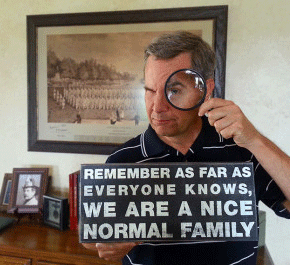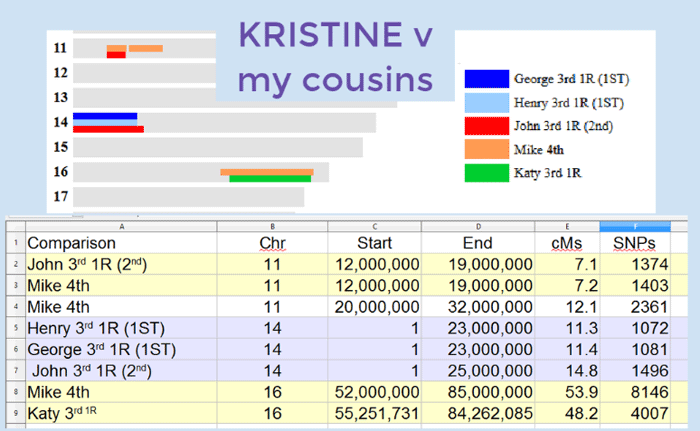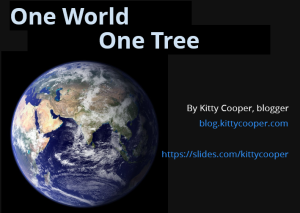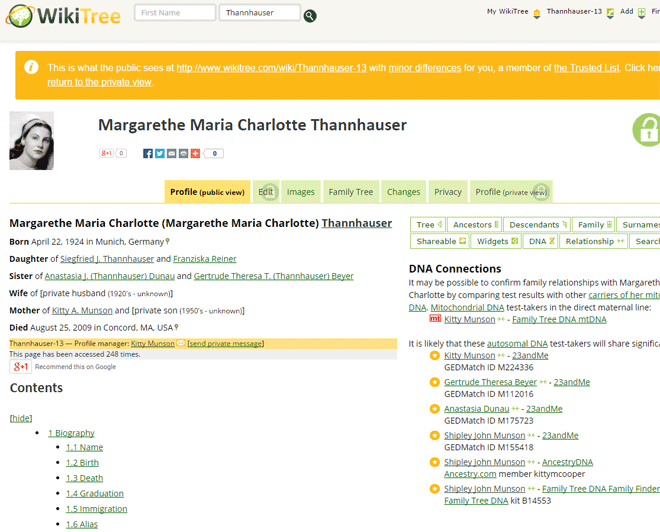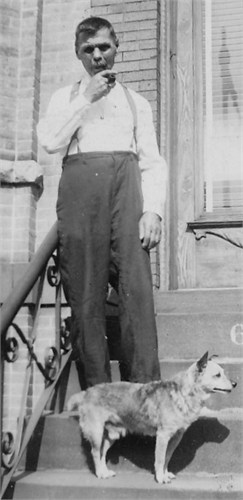
Hans Martin Gunderson
The randomness of DNA inheritance always amazes me. My Norwegian-American father seems to have inherited more DNA from his Skjold grandad, “Dada,” than his Wold grandma, “Mormor.” Dad shares more than the expected amount of DNA with 3rd and 4th and double 4th cousins on his Skjold line. Of course this could also be explained by the slight endogamy in the area they come from, Etne, Hordaland. By comparison, Dad shares no DNA with a Wold 3rd cousin once removed and only a small amount with her mother. He shares more with a few other Wold cousins but it tends to be less than the expected amount with the more distant cousins on that line.
Recently I found two new Skjold cousins via DNA testing, Maria and Irene.
On Ancestry.com , a 3rd cousin match appeared for my brother which turned out to be a real 3rd cousin, a Gundersen relative who is descended from Dada’s sister Margareta. Her son who immigrated to Brooklyn, Hans Martin Gundersen, is pictured on the left.
, a 3rd cousin match appeared for my brother which turned out to be a real 3rd cousin, a Gundersen relative who is descended from Dada’s sister Margareta. Her son who immigrated to Brooklyn, Hans Martin Gundersen, is pictured on the left.
On 23andme.com, I found a new 3rd-4th cousin on Dad’s list, who was found to be from another branch of our Holland relatives. The Hollands descend from Dada’s Aunt Mette (see my post with her portrait). My father’s newly found 3rd cousin twice removed shares 1.10% of her DNA with him: 4 segments totaling 84cM. This is on the high side, more like a second cousin once removed (click here for the article at ISOGG about the expected amounts of shared DNA).
So read on for the details of how I figured out the actual relationships with my new cousins.
Continue reading →
